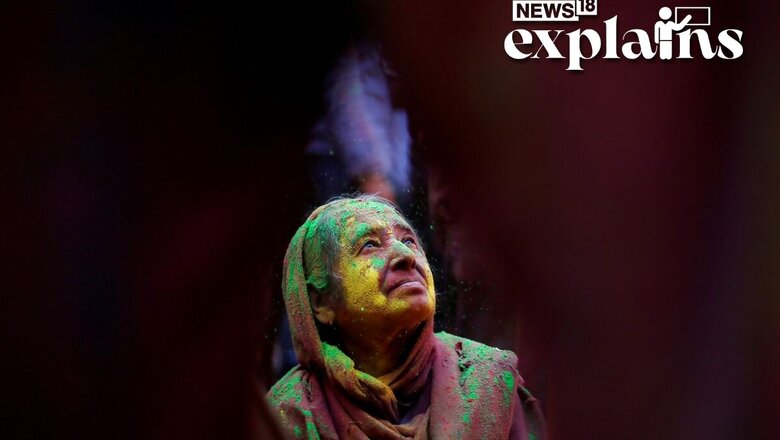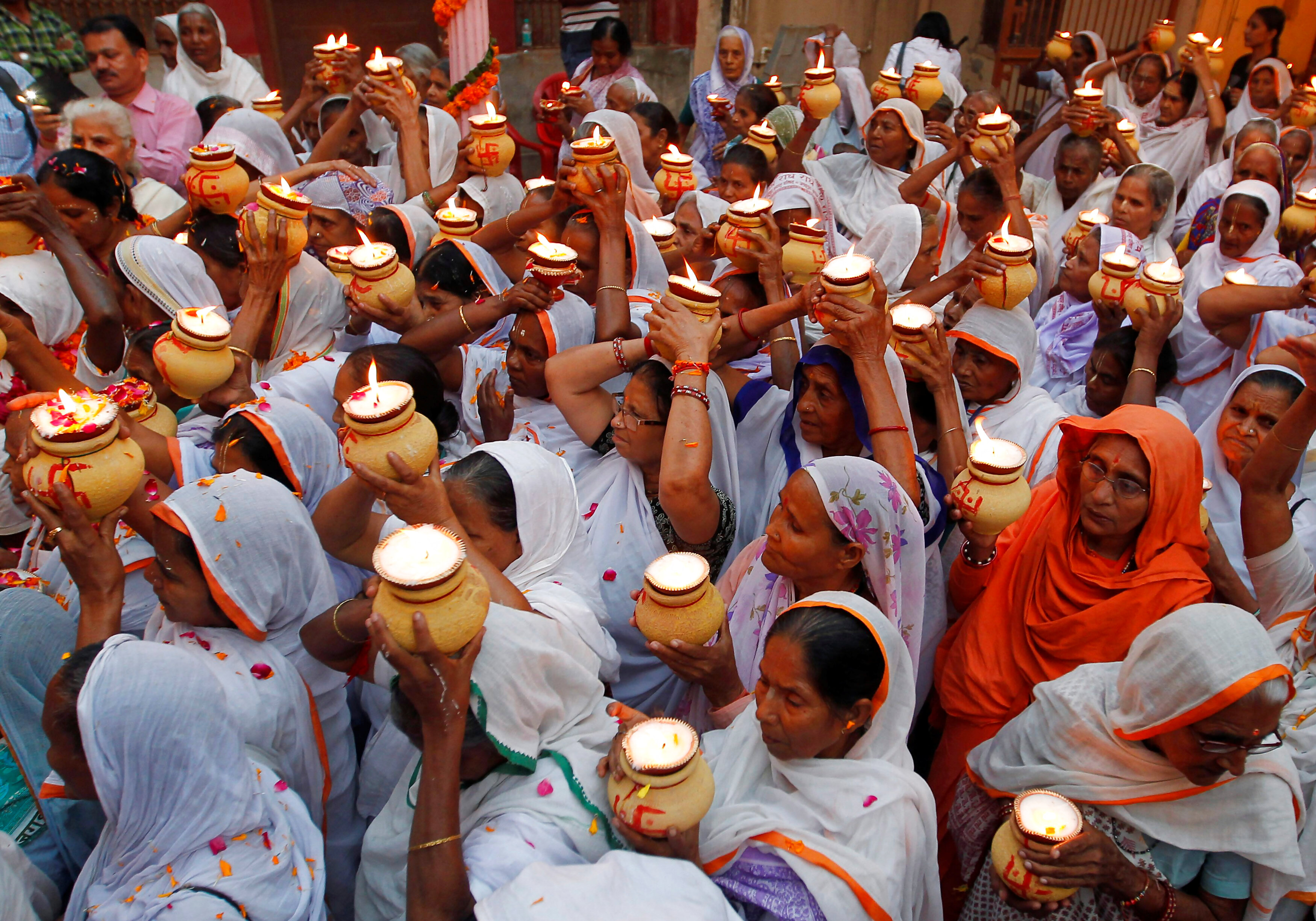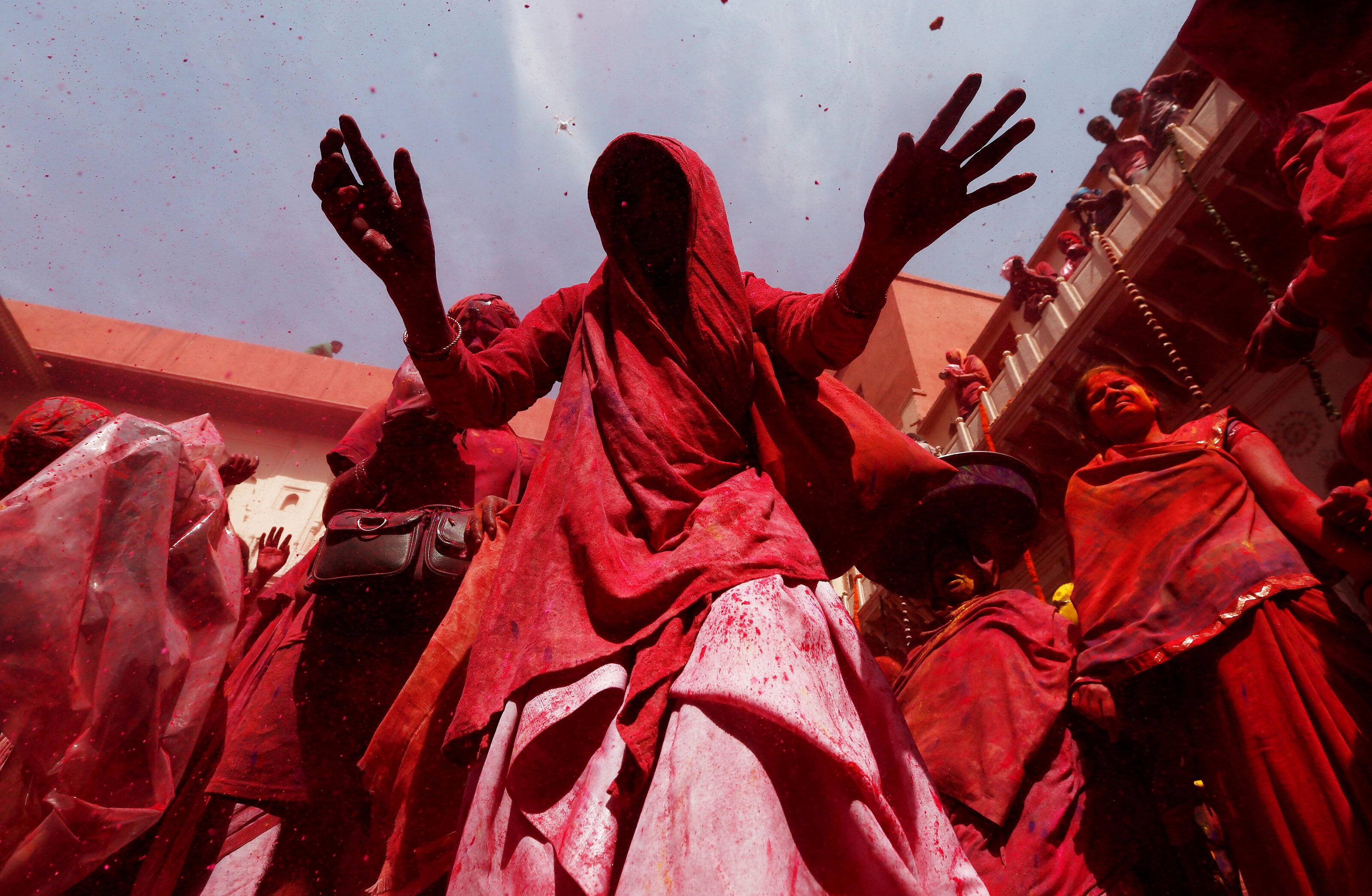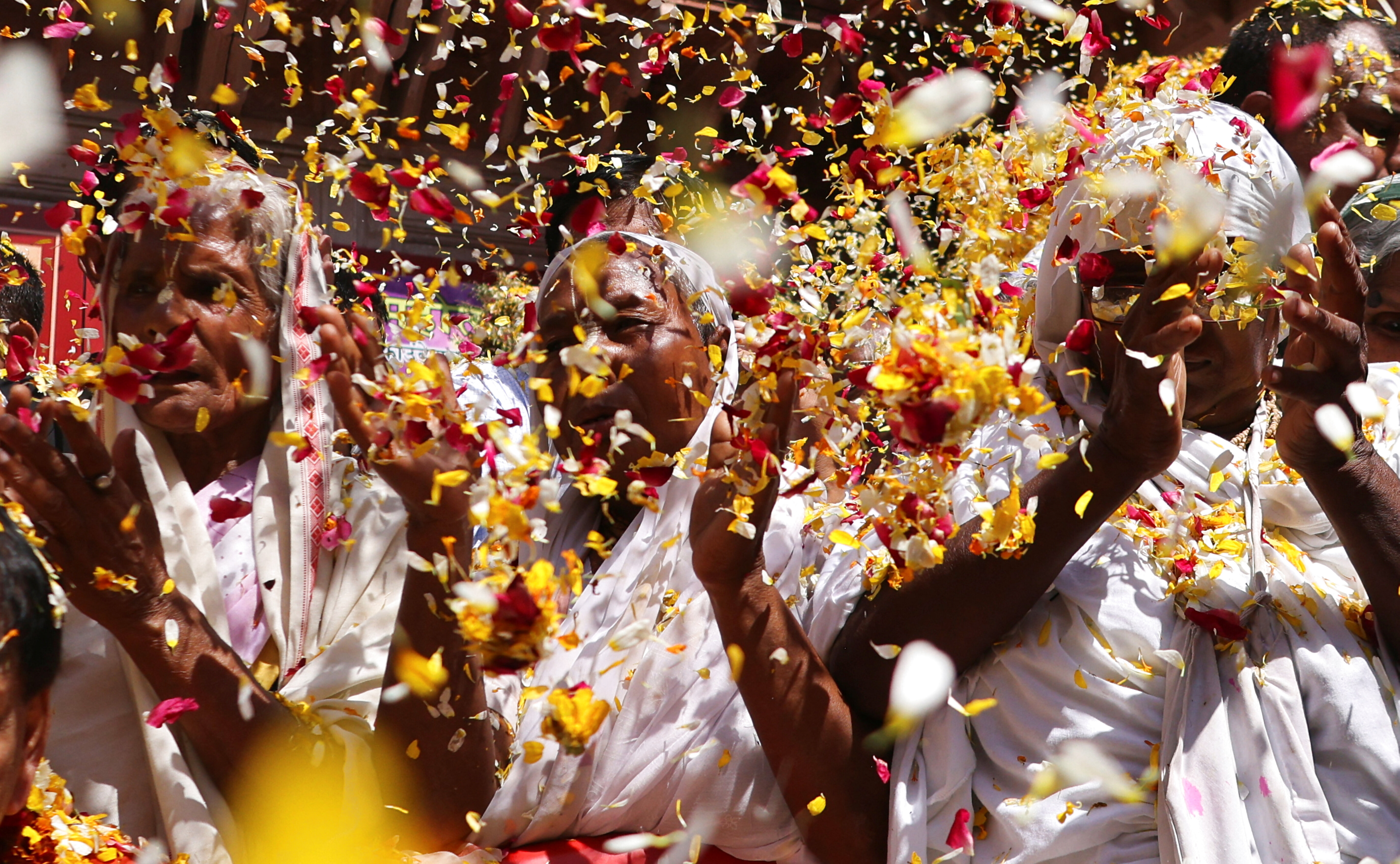
views
Ostracised by society, hundreds of Hindu widowed women settled in Vrindavan, where Lord Krishna is said to have spent his childhood, look forward to the festival of colours.
Widowhood among caste Hindus brings loss of social status for many women. It is associated with social stigma, from taboos governing widows’ appearance to ostracisation against their property rights.
Many widows lose their jobs and are shunned in their home towns because they are considered unlucky, while some are sent away by the families of their spouses in order to prevent them from inheriting money or property.

They are also expected to wear in white and live austere lives, with ‘devotion to God’ as their primary goal. Thus, they often end up at holy sites such as Vrindavan (also known as the City of Widows) and even Varanasi, where they rely on ‘the charity of state, NGOs, temples and ashrams,’ explains a report by Indian Express.
Some come as true pilgrims to devote their final years to the service of Radha/Krishna, while many others come to escape from abusive family homes or have been thrown out as unwanted baggage by their sons and daughters-in-law, says a BBC report.
A Change from 2013
As per a report by Indian Express, while there were rare instances of widows participating in Holi in the past, the first large celebration of widows was held in 2013. This followed the Supreme Court’s attention in 2012 to the suffering of widows in response to a PIL filed by the National Legal Services Authority. Organizations such as Sulabh International, which cares for over 1500 widows in Vrindavan, were in the forefront of the transformation.

As Sulabh International writes on its website, widows began enjoying the festival of colours majorly in 2013, before which they were only permitted to play Holi with Thakurji (Lord Krishna). Since then, there has been no turning back as the number of widows, colours, and flower petals has increased dramatically. During that year, for the first time in history, the widows’ shelter houses were lit up on Diwali. “Their magnificent exodus from the dogmatic world was highlighted by the amber reflections of lights and pyrotechnics. All five widow ashrams in Vrindavan were lit up with enthusiasm, putting an end to decades of gloom and societal lethargy,” Sulabh International wrote.
“It was unbelievable for the widows in the Indian society to break the age-old tradition,” Bindeshwar Pathak, founder of NGO Sulabh International told Outlook last year.
Inclusion
In white yet colourful sarees, widows in Vrindavan experience a sense of belongingness when applying colours at the feet of the Lord Krishna statue, showering flower petals on one other, singing Rasiya (traditional Holi song of Brij) with faces smeared in ‘gulal’ and reciting Krishna bhajans, says a report by Zee.

These celebrations contradict orthodox customs that prevent widows from participating in the festival of colours and from celebrating at all.
“We have no words to express our joy,” widows Vimla Dasi (65), Ratania Devi (67) and Chhaya (66) told PTI together, in 2022.
With inputs from agencies
Read all the Latest Explainers here



















Comments
0 comment